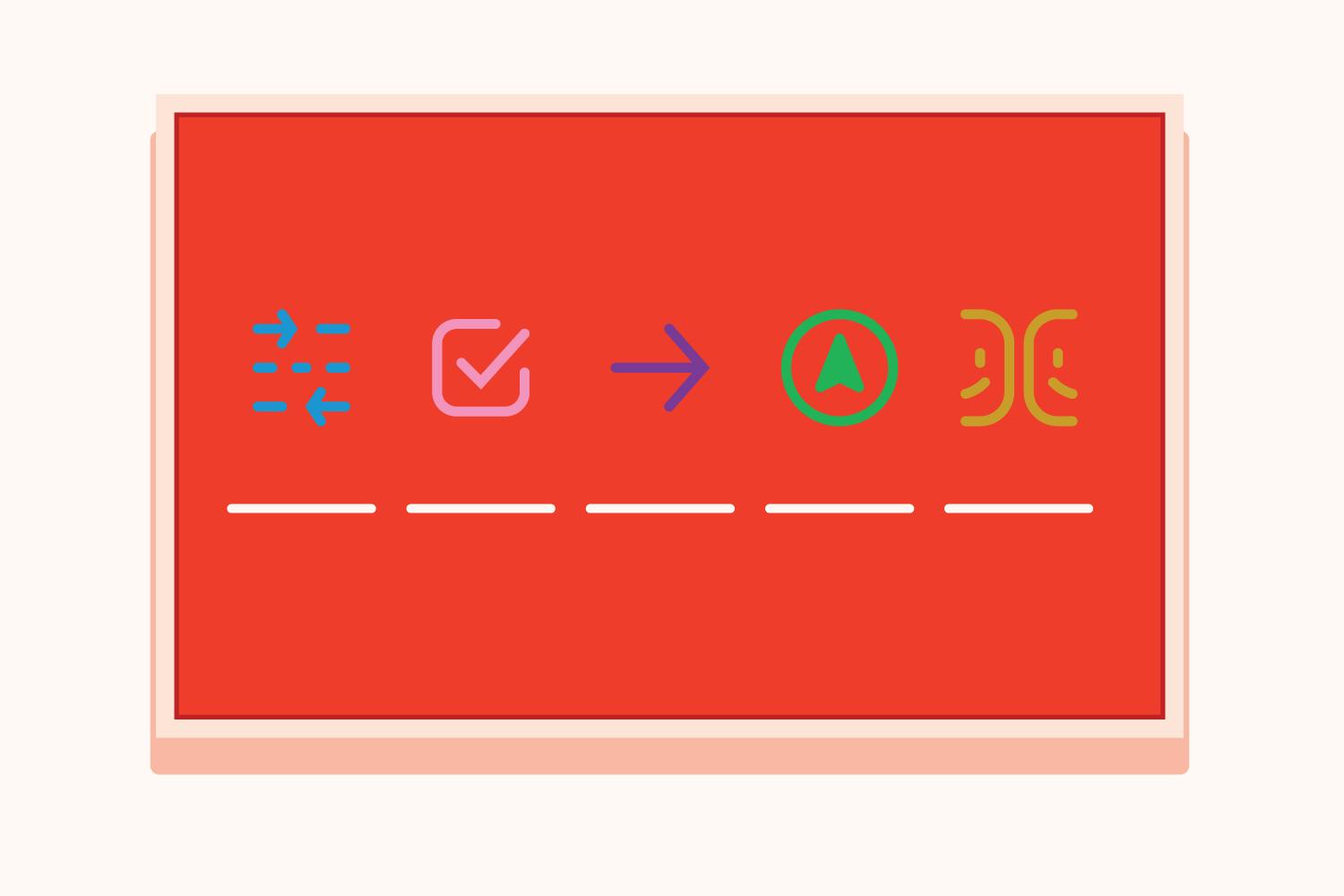
Before you read this, pause and take a look at everything you’ve learned in the past month.
👀 Take a close look at what you’ve learned…
…and done?
Of course not. Unless you’re an unusually studious and visually-oriented notetaker there’s nothing for you put your eyeballs on and look at. We humans haven’t come up with a way to visually show a learning journey.
But if there were a way to look back at a learning journey, or to look forward at what we want to learn next, what shape would it be in?
The shape of learning is a path.
This may come as a surprise, but at Pathwright, we think learning looks most like a path. As a path, learning is…
- Connected: No matter how spontaneous it seems in the moment, everything we learn is connected to something we’ve previously learned — like steps in a path.
- Active: Real learning happens when we reflect, apply, and act not just watch and read. Passively absorbing content without action is like sitting on a path enjoying the view and going nowhere.
- Progressive: Learning doesn’t really happen in giant leaps or light bulb moments. Learning happens as we struggle step-by-step towards a destination and make discoveries along the way.
- Meandering: Learning isn’t like a highway fading straight into the horizon or like a neat grid of city streets. Learning is more like a connected series of winding paths we stumble on, explore around, and even carve our own paths from.
- Communal: Paths are best taken with others and learning happens best with other people.
Whenever I’m teaching, thinking of learning as a path helps me remember a few core principles:
- Every new idea or concept must be connected and built on a previous one. It’s impossible to teach someone something entirely new.
- Paths are best taken together. How can I encourage “togetherness” even if I’m teaching online, at a distance?
- Learning is active, not passive. Watching and reading doesn’t move people forward unless it’s acted upon.
- As a teacher, I’m primarily a guide that helps people choose the right path and arrive safely at their destination.
- As a course designer, I’m primarily a path maker (or “pathwright”) who creates a path through the chaos of information and ideas that I and others can guide people down.
The true shape of learning is a path — not a syllabus, a classroom, or a video playlist. As teachers, our primary job is to make paths and guide people along them.
Using Pathwright is dead simple and doesn’t cost a thing until you’re ready to launch a path.
Get startedTopics in this article

